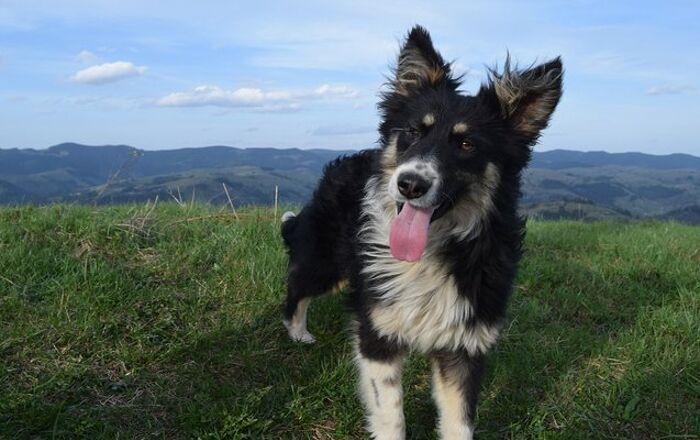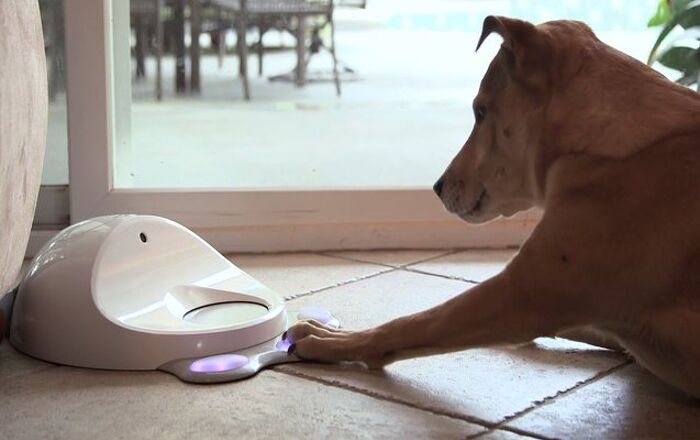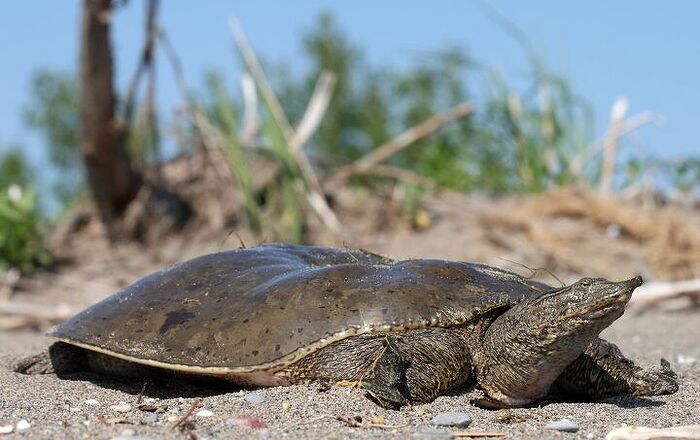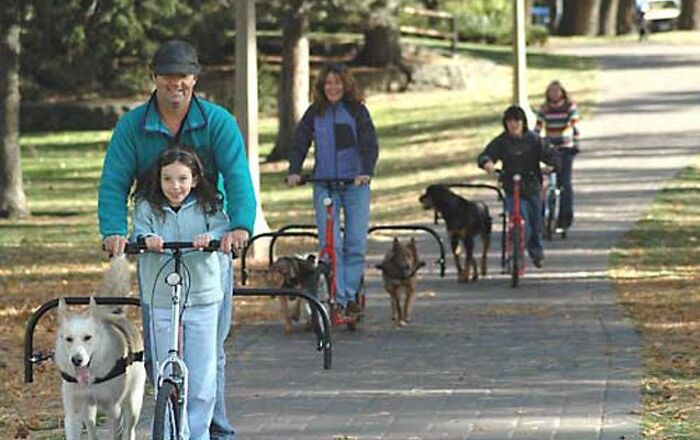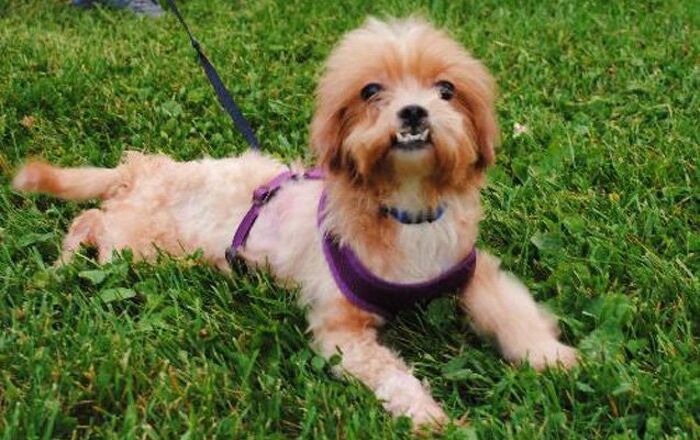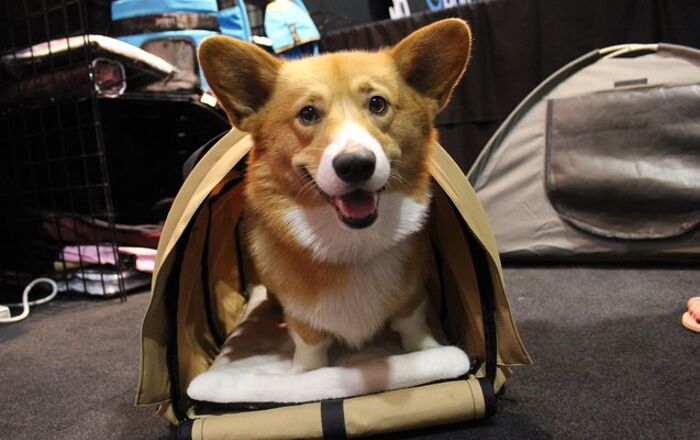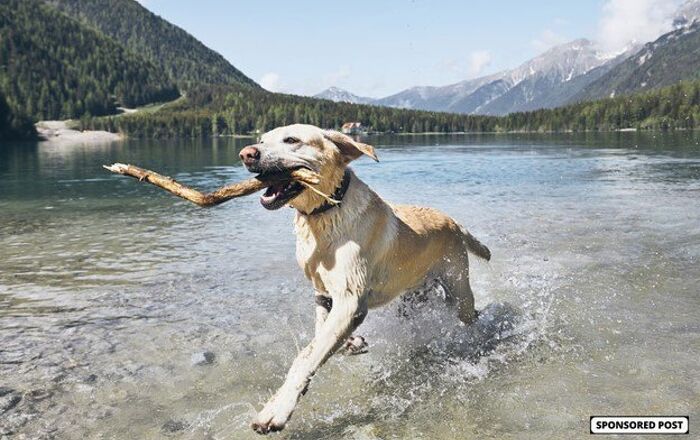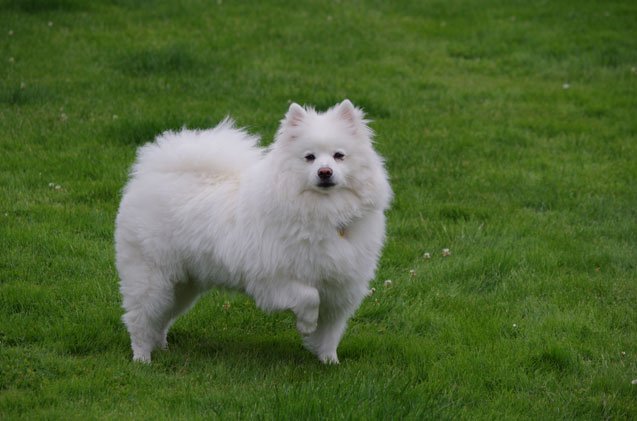
American Eskimo Dog Basics
Nicknamed the “Eskie,” the American Eskimo Dog (originally known as the American Spitz) dazzles from head to paws with a sparkling white coat and adorable, alert face. What’s great about this breed is that it comes in three size varieties: the toy, miniature and the standard. So no matter where you live, there’s an American Eskimo Dog for your lifestyle. Smart and always willing to please, the Eskie will learn new tasks quickly. Compactly built and well balanced, you’ll find this breed to be alert and friendly, although it tends to be slightly conservative toward strangers.
You’ll find that the American Eskimo Dog makes an excellent watch dog. This dog is loyal to its family and is gentle and playful with children. Read on to learn more about this adorable dog breed.
Nicknamed the “Eskie,” the American Eskimo Dog dazzles from head to paws with a sparkling white coat and adorable, alert face.
Origin
During the 19th century, small, white Spitz-type dogs were found in communities of German immigrants in the US. These dogs were descendants of white German Spitz, white Keeshonden or large white Pomeranians that came over from Europe with the immigrants. The American Eskimo Dog began its rise to fame in the late 19th century, as it came to be known as the American Spitz, as was bred to guard people and property, as well as to be a multi-purpose working dog on farms. Known as the American Spitz until 1917, this breed’s name was changed to the American Eskimo, even though it has no origin or connection to Eskimo culture).
In late 19th-century US, the American Eskimo Dog was popular for use in trick-dog acts in the many traveling circuses. Thanks to its brilliant white coat, innate intelligence, trainability and amazing agility, the American Eskimo Dog was soon charming audiences everywhere. Since these circuses made stops all over the country, the Eskie became a crowd favorite and a popular choice for households.
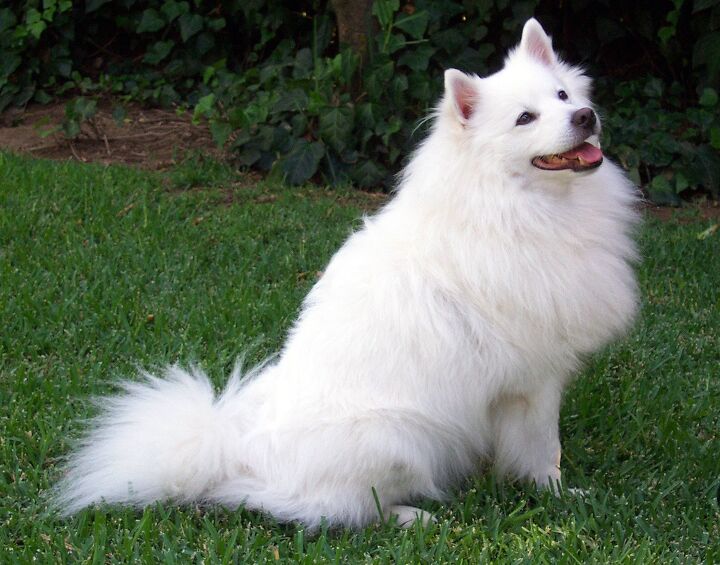
Pedigree
Believed to have evolved in Switzerland around 700 years ago, the American Eskimo dog breed is a member of the Spitz family or Nordic bred. It most likely descended from the European Spitzes, which include the white German Spitz, the white Keeshound, the white Pomeranian and the Volpino Italiano (white Italian Spitz).
Food / Diet
The American Eskimo Dog as much the same diet as other small- to mid-size breeds. As a puppy, most breeders recommend a combination of dry and moist food. While some Eskie’s have a strong stomach and can eat a variety of foods, others have a delicate tummy. These dogs can be allergic to some foods, including salmon. As well, some veterinarians have advised against giving your American Eskimo Dog raw hide chews.
What’s great about this breed is that it comes in three size varieties: the toy, miniature and the standard.
Training
There are a few reasons why the American Eskimo Dog was used in circuses. Easily trainable, the Eskie loves to learn tricks. You’ll need to take the leadership role fast, because when this breed senses it can take control over the situation, it will take it. And because it is so intelligent, it will sense when confident leadership is lacking. To get the best results out of training, use positive reinforcement. Once you’ve completed basic training, be sure to enroll your dog in more advanced courses – it will help to stimulate your dog’s mind.
The American Eskimo Dog is a natural born watchdog, so there’s no training necessary. And even though this breed is a watchdog, it will not develop aggressive traits. Start training as soon as possible for the best results.
Weight
Available in three sizes – toy, miniature and standard – the American Eskimo Dog varies in weight. The toy breed ranges from 6 to 10 pounds. Miniature Eskies weigh around 11 to 20 pounds. Standard American Eskimos weigh in at about 21 to 30 pounds.
Temperament / Behavior
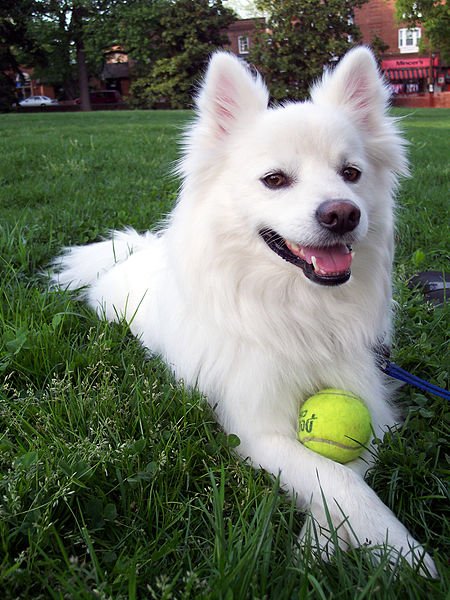
Happy and energetic, the American Eskimo Dog is a joy to be around. This breed wants to run, play, learn new tasks and solve problems. This breed is a great watchdog and is always vigilant. And its name is a dead giveaway – the Eskimo Dog will frolic in the snow, which makes it a wonder choice for colder climates.
If you leave your American Eskimo Dog alone at home, it will bark. Neighbors may complain, as its bark is high pitched and can be annoying. Since this breed is a watchdog, it will alert you to all new people by barking. You can’t train the barking out of the Eskie, but you can teach them a stop barking command.
American Eskimo Dogs need companionship, and if left alone, can develop separation anxiety. Make sure your dog receives enough exercise and activities to keep it busy to prevent this problem.
Common Health Problems
The American Eskimo is a healthy breed. The Eskie can become overweight easily, so you’ll need to ensure your dog is fed a proper diet and given plenty of exercise for optimal well-being. Some of the genetic problems that have been found in American Eskimo dogs include PRA (Progressive Retinal Atrophy); luxating patella; hip dysplasia; diabetes; juvenile cataracts and Legg-Calve-Perthes disease. As well, the breed can have a tendency towards allergies and tear-staining.
Life Expectancy
A healthy breed, the American Eskimo Dog has an average lifespan of 12 to 15 years.
Exercise Requirements
You may not be part of the circus, but your American Eskimo dog will need plenty of exercise and play time to keep it healthy and happy. As mentioned before, this breed is intelligent. If you don’t give your Eskie something to keep it occupied, it will find a destructive way to entertain itself.
The American Eskimo Toy and Miniature sizes can live in an apartment setting, but Standard-sized dogs will be best suited for families with fenced-in yards and plenty of room to run. Children will help keep your American Eskimo Dog busy, but watch smaller kids around this breed, as the dog can be rambunctious.
American Eskimo Dogs need companionship, and if left alone, can develop separation anxiety.
AKC
The American Kennel Association says this about the breed: “A small to medium-size Nordic-type dog, the American Eskimo Dog is known for its bright white coat, jet black points (lips, nose and eye rims) and erect triangular ears. Although once used as a circus dog, they are primarily companion dogs today and participate in conformation, obedience and agility competitions.” The AKC first recognized this breed in 1994.
Coat
The American Eskimo Dog comes in white and white with biscuit cream. This breed has a dense undercoat and a long topcoat, giving it an overall fluffy coat. The Eskie’s hair is straight and has a fluffy all over appearance. On its neck and tail, you’ll find a pronounced ruff of fur.
With all that fur, you’ll have to brush your dog regularly, and go over it on occasion with a shedding blade. The American Eskimo Dog sheds year-round, and once or twice a year it will “blow” its coat.
Puppies
Socialization and training should start at an early age for American Eskimo Dogs. With the smaller toy and miniature sized dog, you should watch the puppies around children.
Photo credit: Christmas w/a K/Flikr; Robert Southworth/Wikimedia; Ben Lunsford/Wikimedia

